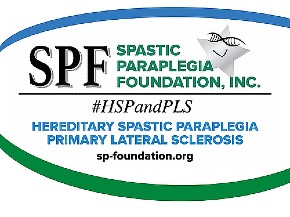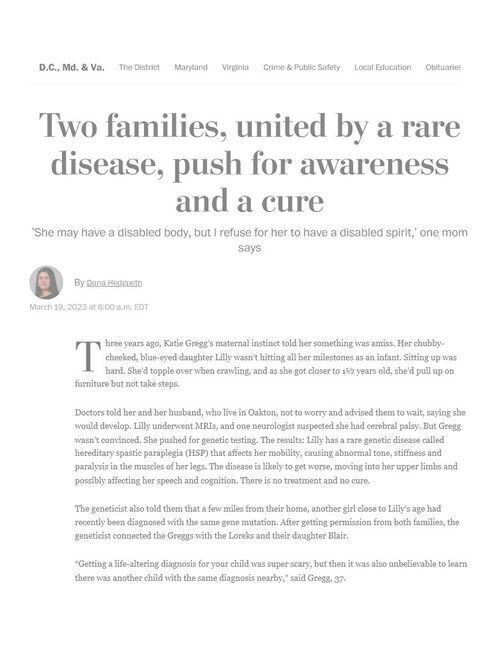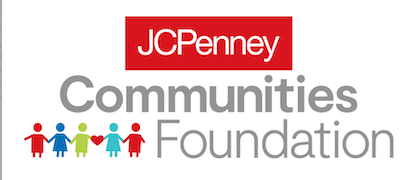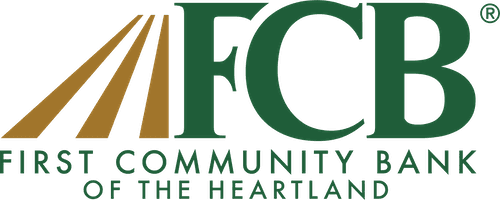Hereditary Spastic Paraplegia Childhood Onset Survey 2022 Public Report
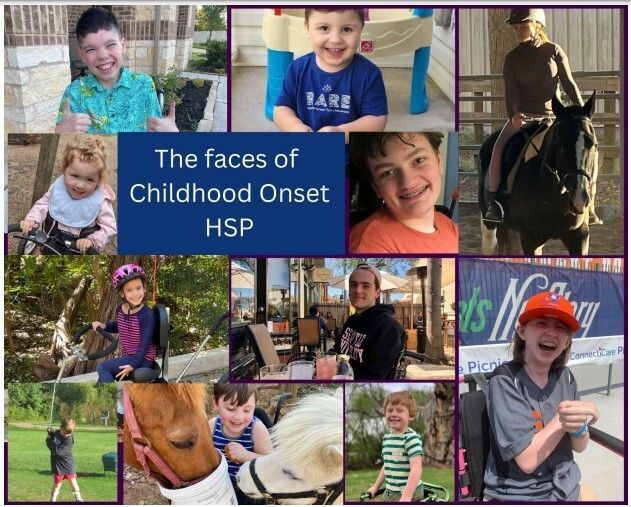
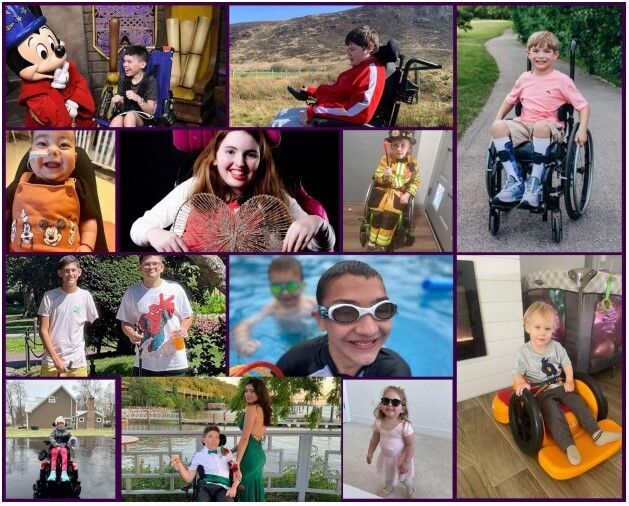

Why was the Survey done?
It’s been our observation that a great deal of information on childhood HSP is shared through personal experiences on social media. We wanted a means to capture the perspectives of parents, facilitate connections, and communicate trends to researchers to enhance wider recognition.
What are the goals of the Survey?
The goal of the survey is to broaden the number of identified early onset HSP cases with the aim of: ● supporting researchers ● connecting the community ● discovering trends, including shared variants ● informing diagnosis trends for reduction of misdiagnosis
What the Survey is NOT!
It is not a scientific survey; we do not gather personally identifying information and we do not validate responses. The survey is not a complete picture. The survey was shared through social media and foundations focusing on HSP. Respondents are continuing to complete the survey and we will leave it open for this reason. The data has not and will not be sold. This initiative is entirely driven by parents who volunteer their time and effort to share self-reported trends and information for the betterment of our children.
Spreading Awareness
The Washington Post published an article on March 19, 2023 about two little girls both diagnosed with HSP - SPG4, Lily and Blair. Click on the first image below to go the link or the second image to read the article.
Current Studies Seeking Participants
Hereditary Spastic Paraplegia Genomic Sequencing Initiative (HSPseq)
Principal Investigator: Darius Ebrahimi-Fakhari, MD, PhD - Boston Children's Hospital
Brief Summary:
The purpose of the HSP Sequencing Initiative is to better understand the role of genetics in hereditary spastic paraplegia (HSP) and related disorders. The HSPs are a group of more than 80 inherited neurological diseases that share the common feature of progressive spasticity. Collectively, the HSPs present the most common cause of inherited spasticity and associated disability, with a combined prevalence of 2-5 cases per 100,000 individuals worldwide.
In childhood-onset forms, initial symptoms are often non-specific and many children may not receive a diagnosis until progressive features are recognized, often leading to a significant diagnostic delay. Genetic testing in children with spastic paraplegia is not yet standard practice. In this study, the investigators hope to identify genetic factors related to HSP. By identifying different genetic factors, the investigators hope that over time we can develop better treatments for sub-categories of HSP based on cause.
References and Recommended Reading
Boston Children's Hospital
The journey to a treatment for hereditary spastic paraplegia:
https://answers.childrenshospital.org/hereditary-spastic-paraplegia-treatment/
Our Impact since our inception...
-
Dollars Raised
Over 12,000,000 dollars for research!
